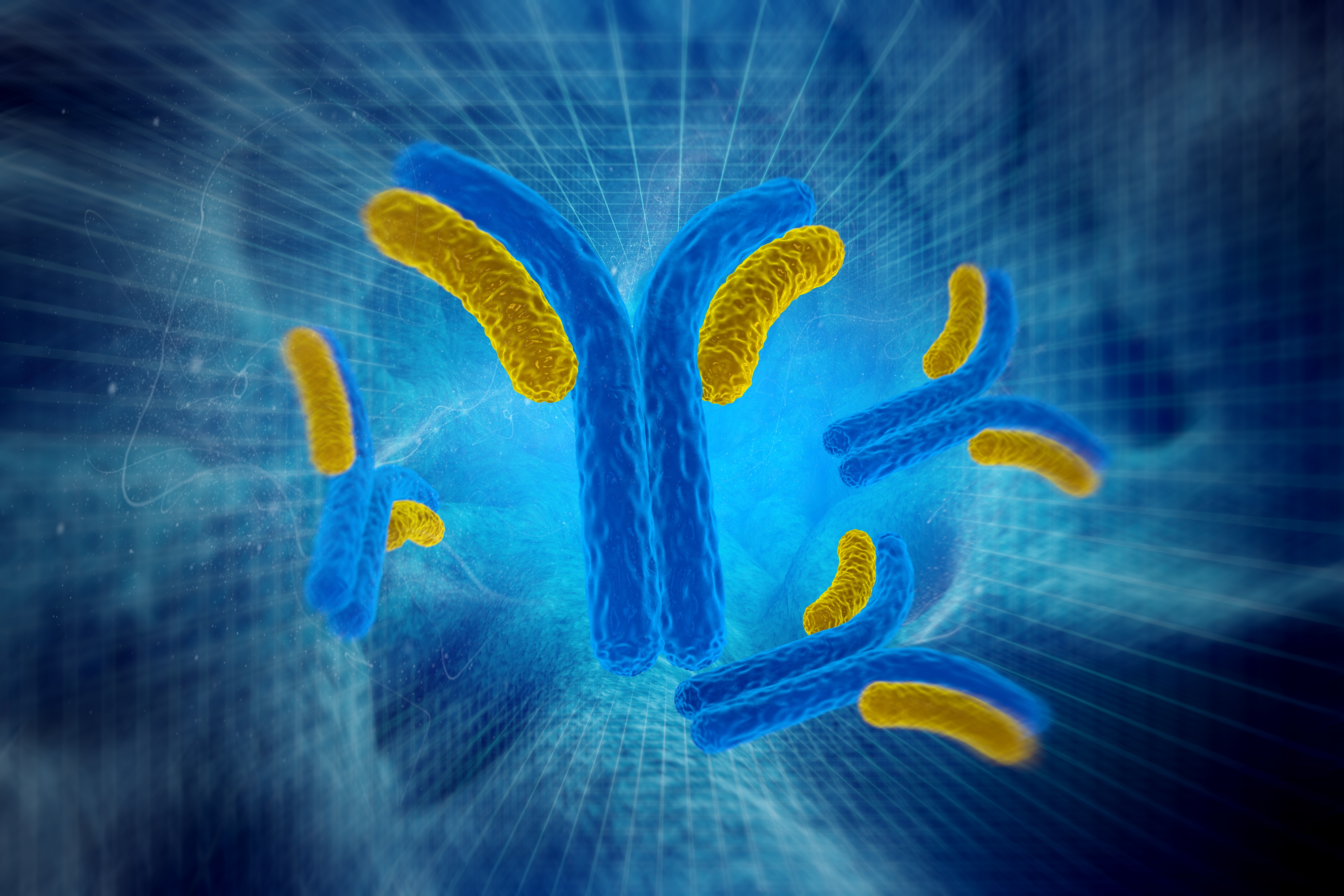IL-6 Antibody at Low Dose Can Ease Severe Flares in People with Active SLE, Study Reports

The monoclonal antibody against interleukin (IL)-6, called PF-04236921, was found to be efficient at reducing severe flares in systemic lupus erythematosus (SLE) patients — particularly in those with high disease activity — when administered at a 10 mg dose.
The study, “Efficacy and safety of an interleukin 6 monoclonal antibody for the treatment of systemic lupus erythematosus: a phase II dose-ranging randomised controlled trial,” was published in The Annals of the Rheumatic Diseases journal.
In this Phase 2 clinical trial (NCT01405196; BUTTERFLY), researchers investigated the efficacy and safety profile of PF-04236921, an IL-6 monoclonal antibody for SLE treatment.
Patients with active disease were randomized to receive either a placebo (control) or PF-04236921 at different doses: 10 mg, 50 mg or 200 mg. The drug was administered subcutaneously (i.e., into the subcutis, the layer of skin directly below the dermis and epidermis) every eight weeks, together with background therapy.
The study’s primary efficacy endpoint was the proportion of patients achieving the SLE Responder Index (SRI-4) at week 24 (SRI is a composite score that reflects patient improvement). Secondary goals included the proportion of patients with BILAG-based Composite Lupus Assessment (BICLA) responses, also assessed at week 24.
In total, 183 patients participated, with 45 randomly assigned to placebo control, 45 to PF-04236921 at 10 mg, 47 to 50 mg, and 46 patients to the 200 mg dose.
The 200 mg dose was soon discontinued, as its administration was associated with serious safety issues, including four deaths that were linked to infections and thrombosis.
Researchers found that none of the treatment arms significantly differed from the placebo group for the primary endpoint, the SRI-4 response rates at week 24. However, the BICLA response rate was statistically significant for the group receiving 10 mg of PF-04236921. Incidence of severe flares was also significantly reduced in people receiving 10 mg (n=0) and 50 mg (n=2), when compared to control patients. This is particularly important, since severe flares are a major cause of hospitalization and are associated with significant morbidity.
To determine if there was a subgroup of patients with higher response rates, researchers looked specifically at those with high disease activity at baseline. They found that the 10 mg dose showed a more pronounced effect in these patients, based on significantly improved SRI-4 and BICLA response rates compared to placebo.
Results suggest that PF-04236921 at a 10 mg dose improves several key clinical endpoints, and that its positive effects were more pronounced in a population of SLE patients with greater disease activity at baseline.
“In summary, this trial supports the rationale for targeting the IL-6 pathway in SLE, however, caution must be taken with regard to safety with higher doses possibly due to increased immunosuppression. The 10 mg dose suggested efficacy in several key clinical end points, however, this was not observed with the 50 mg and 200 mg doses,” the researchers wrote. “In a post hoc analysis using a population with greater disease activity at baseline, there was a greater magnitude of effect seen with the 10 mg dose. Further work is required to better define the benefit-risk of this agent.”





